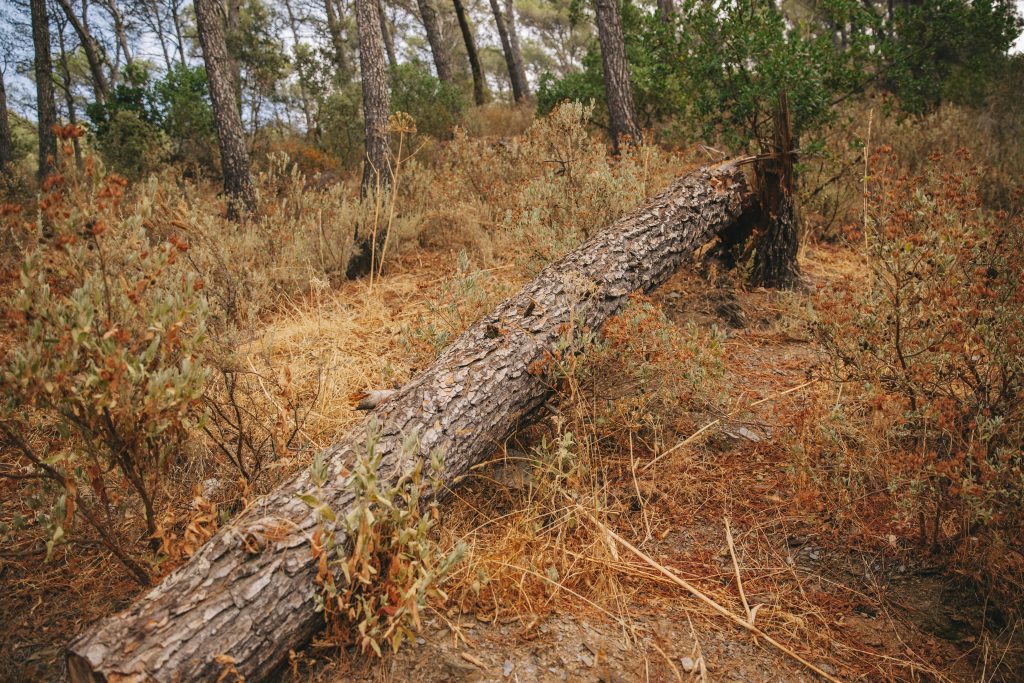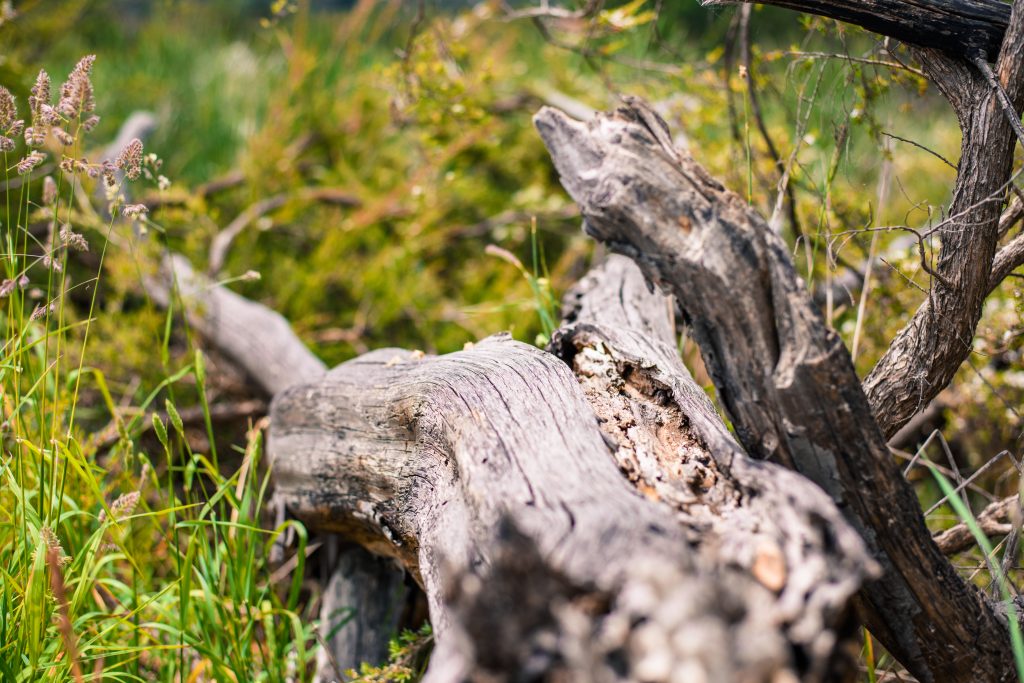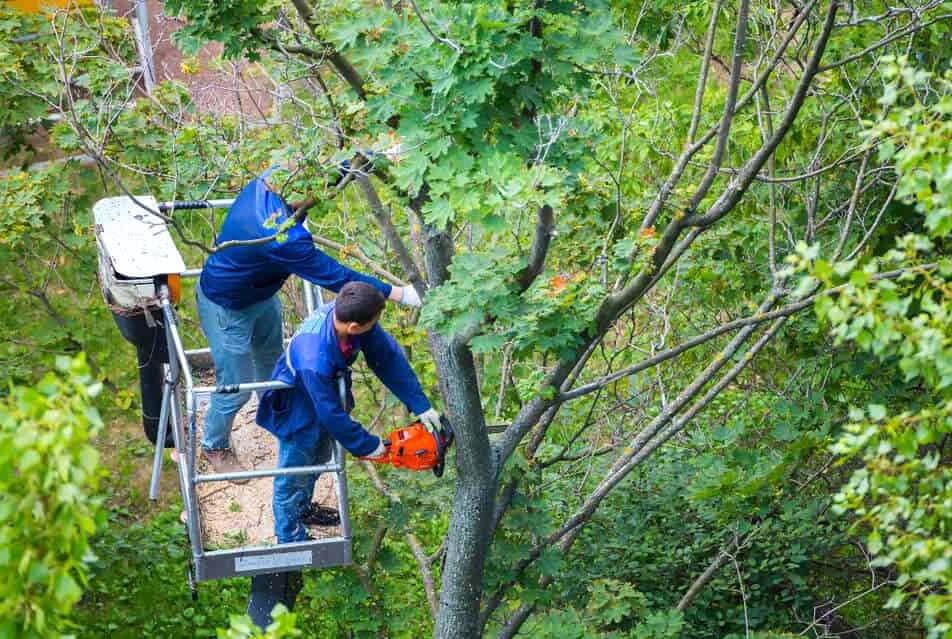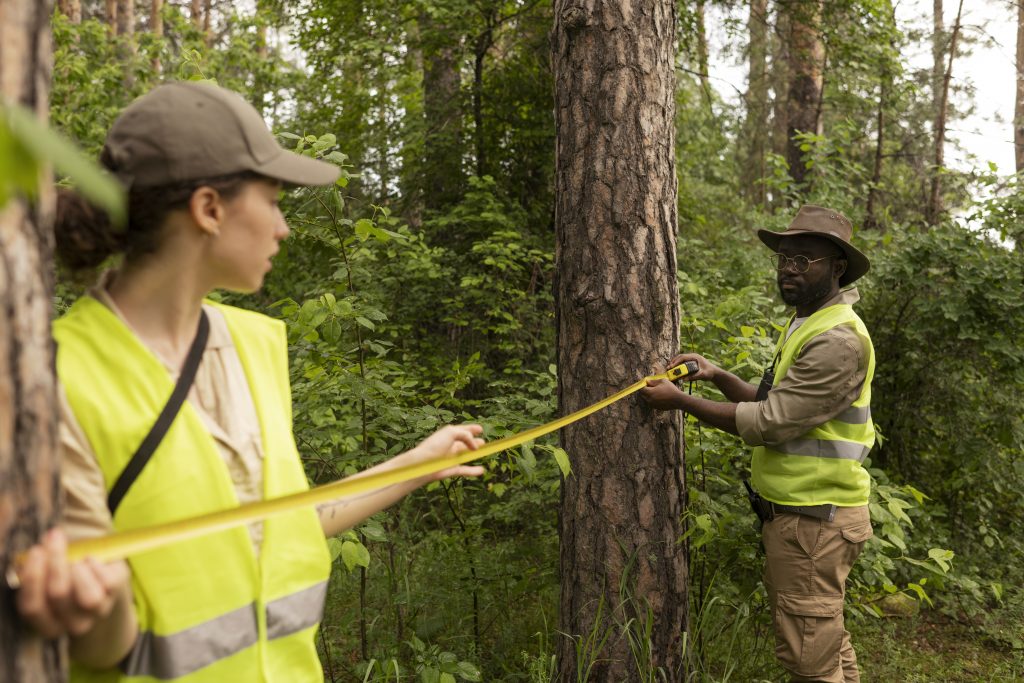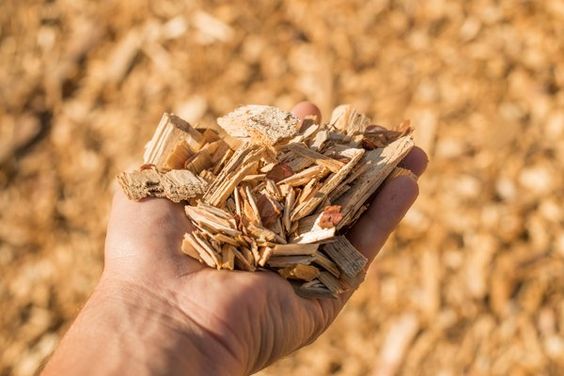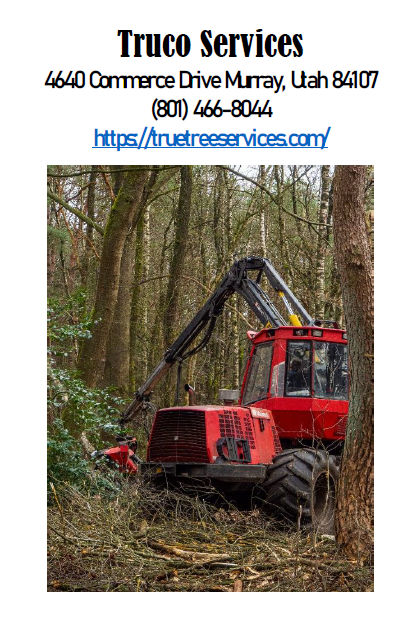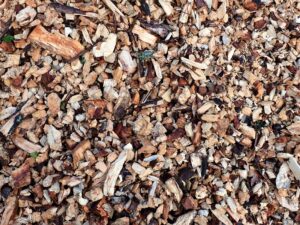THE SCIENCE BEHIND HOW TREES PROVIDE SHADE
THE SCIENCE BEHIND HOW TREES PROVIDE SHADE
The science behind how trees provide shade involves a combination of physiological, physical, and environmental processes. Trees create shade by intercepting and altering the path of solar radiation, which leads to a reduction in direct sunlight and a cooler microclimate beneath their canopies. Here’s a breakdown of the key scientific mechanisms that explain how trees provide shade:
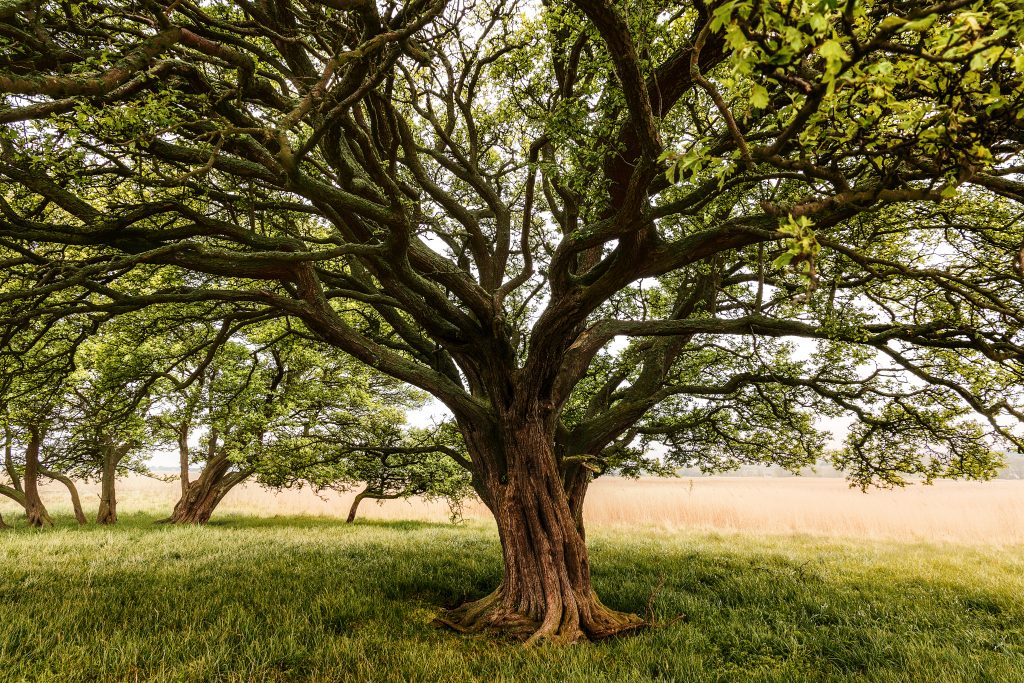
- Canopy Structure and Solar Radiation:
- Trees have a complex branching structure that forms a canopy with leaves positioned at various heights and angles.
- When sunlight reaches the canopy, leaves intercept a portion of the solar radiation, absorbing some of it while reflecting and transmitting the rest.
- Solar Energy Absorption:
- Leaves contain pigments, particularly chlorophyll, which is crucial for photosynthesis, the process by which plants convert sunlight into energy.
- Chlorophyll absorbs sunlight in the visible light spectrum, capturing energy to fuel the photosynthesis process.
- Transpiration and Evapotranspiration:
- Trees take up water from the soil through their roots, which is transported to the leaves through the xylem vessels.
- Water vapor is released from leaf pores called stomata in a process known as transpiration.
- Evapotranspiration is the combined process of transpiration and water vapor release from the leaf surface.
- Transpiration and evapotranspiration have a cooling effect on the tree and the surrounding environment. As water evaporates from the leaves, it absorbs heat energy, lowering leaf temperatures and creating a cooling effect in the air.
- Shade Creation and Temperature Reduction:
- The arrangement of leaves and branches in a tree’s canopy creates areas of shade beneath the tree.
- As sunlight is intercepted by leaves and branches, the intensity of direct sunlight is reduced, resulting in a shaded area with lower solar radiation and reduced heat.
- Air Movement and Cooling Effects:
- Trees influence air movement by intercepting and diffusing wind, resulting in reduced wind speed beneath the canopy.
- Shaded areas experience reduced air movement, which contributes to a cooling effect as stagnant air has more time to lose heat to the environment.
- Radiation, Conduction, and Heat Exchange:
- Radiation is the transfer of heat energy through electromagnetic waves, such as sunlight.
- Conduction involves the transfer of heat energy through direct contact between materials.
- Trees affect heat exchange by intercepting solar radiation, preventing direct heating of surfaces, and reducing heat conduction to the ground.
- Urban Heat Island Effect:
- Urban areas often experience higher temperatures than surrounding rural areas due to human activities and lack of vegetation.
- Trees in urban areas play a crucial role in mitigating the urban heat island effect by shading surfaces, reducing heat absorption, and cooling the air through transpiration and evapotranspiration.
- Ecosystem Services and Human Well-Being:
- The shade created by trees provides comfortable outdoor spaces for people to escape the heat and sunlight.
- Shaded areas offer psychological and physiological benefits, reducing the risk of heat-related illnesses and creating pleasant environments for relaxation and recreation.
Understanding the science behind how trees provide shade emphasizes their significant role in regulating local microclimates, promoting human comfort, and contributing to the overall health and sustainability of ecosystems.
Importance of Understanding the Mechanisms by Which Trees Create Shade
Understanding the mechanisms by which trees create shade is essential for various reasons, ranging from environmental conservation to human well-being. Here’s why comprehending these mechanisms is important:

- Efficient Urban Planning: Urban planners and designers can strategically place trees to maximize shading in areas prone to high temperatures and sun exposure. This knowledge enables the creation of cooler, more comfortable urban environments.
- Climate Adaptation: As temperatures rise due to climate change, understanding shade creation mechanisms helps communities adapt by planting trees strategically to mitigate heat stress and reduce the urban heat island effect.
- Energy Conservation: Properly placed trees can shade buildings, reducing the need for air conditioning and decreasing energy consumption, which contributes to lower greenhouse gas emissions.
- Health and Well-Being: Shaded outdoor spaces offer respite from the sun’s harmful ultraviolet (UV) rays, reducing the risk of skin damage and heat-related illnesses. Understanding these mechanisms enhances public health and well-being.
- Ecosystem Services: Trees that provide shade also contribute to air purification, carbon sequestration, water cycle regulation, and habitat provision. These ecosystem services are essential for maintaining healthy ecosystems and supporting biodiversity.
- Stress Reduction: Shaded areas create inviting spaces for relaxation and recreation, reducing stress and promoting mental and emotional well-being among individuals.
- Environmental Education: Understanding how trees create shade provides an opportunity to educate communities about the importance of trees, ecosystem functions, and sustainable urban planning.
- Biodiversity Support: Shaded environments encourage diverse flora and fauna that thrive under the canopy, contributing to overall ecosystem health and balance.
- Water Conservation: Trees’ cooling effect, through transpiration and shading, reduces evaporation from water bodies, conserving water resources in arid or water-stressed regions.
- Mitigating Urbanization Effects: Urbanization often leads to increased impervious surfaces, contributing to water runoff and heat. Trees’ shading mechanisms counteract these negative effects.
- Cultural and Historic Preservation: In historic or culturally significant areas, understanding shade mechanisms can help preserve heritage trees and maintain the integrity of landscapes.
- Property Value Enhancement: Shaded properties are more attractive to potential buyers and tenants, enhancing property values and contributing positively to the real estate market.
- Sustainable Landscaping: Professionals can use this knowledge to design landscapes that incorporate proper tree selection and placement, creating aesthetically pleasing and sustainable outdoor spaces.
- Community Resilience: By understanding how trees provide shade, communities can increase their resilience to extreme weather events, improving their capacity to withstand heatwaves and maintain functionality during adverse conditions.
In summary, comprehending the mechanisms by which trees create shade goes beyond simply enjoying a cooler environment. It plays a vital role in urban planning, environmental conservation, human health, and fostering sustainable, resilient communities. It’s a key component of responsible urban development and maintaining a harmonious relationship between people and nature.
The Structure of Trees and Canopy Formation
The structure of trees and the formation of their canopy play a crucial role in their ability to provide shade and various other ecosystem services. Trees are complex organisms with intricate anatomy, including roots, trunks, branches, leaves, and the canopy. Understanding their structure is fundamental to comprehending how they create shade and contribute to their environment. Here’s an explanation of the structure of trees and canopy formation:
- Roots:
- Trees begin their growth with a root system. Roots anchor the tree in the soil and absorb water and nutrients.
- They consist of a primary root (taproot) and numerous secondary roots that spread out in various directions.
- The extent and depth of the root system depend on the tree species and soil conditions.
- Trunk:
- The trunk is the central, vertical part of the tree that supports the branches, leaves, and canopy.
- It is composed of several layers, including the bark (protective outer layer), cambium (growth tissue), phloem (conducts nutrients), and xylem (conducts water).
- Branches:
- Branches are extensions of the trunk and serve as the main structural supports for leaves and the canopy.
- They emerge from the trunk at various heights and angles, contributing to the overall shape of the tree.
- Leaves:
- Leaves are the primary sites of photosynthesis, where trees convert sunlight, carbon dioxide, and water into energy and oxygen.
- They consist of a blade, petiole (leaf stem), and veins that transport water, nutrients, and sugars.
- Canopy Formation:
- The canopy refers to the uppermost layer of branches and leaves that collectively create a “roof” over the tree.
- Canopies vary in shape and density depending on the species, age, and health of the tree.
- As the tree grows, it develops a branching structure that contributes to the canopy’s overall form.
- Branching Patterns:
- The way branches are arranged along the trunk influences how light is intercepted and shade is created.
- Different species exhibit various branching patterns, including alternate, opposite, or whorled arrangements.
- The branching pattern contributes to the distribution of leaves within the canopy.
- Leaf Distribution:
- Leaves within the canopy are positioned to optimize sunlight capture and minimize self-shading.
- Leaves on the outer portions of branches receive more direct sunlight, while inner leaves may receive filtered or indirect light.
- Shade Creation:
- The arrangement of leaves and branches in the canopy creates shaded areas underneath the tree.
- Leaves intercept and diffuse sunlight, reducing the intensity of direct solar radiation and creating cooler microclimates.
Understanding the structure of trees and canopy formation allows us to appreciate how trees are uniquely adapted to capture sunlight, perform photosynthesis, and provide vital shade to their surroundings. The branching patterns, leaf distribution, and canopy architecture all contribute to the ways trees create shade and influence their environment.
About Murray, Utah
Murray is a city situated on the Wasatch Front in the core of Salt Lake Valley in the U.S. state of Utah. Named for territorial governor Eli Murray, it is the state's fourteenth largest city. According to the 2020 census, Murray had a population of 50,637. Murray shares borders with Taylorsville, Holladay, South Salt Lake and West Jordan, Utah. Once teeming with heavy industry, Murray's industrial sector now has little trace and has been replaced by major mercantile sectors. Known for its central location in Salt Lake County, Murray has been called the Hub of Salt Lake County. Unlike most of its neighboring communities, Murray operates its own police, fire, power, water, library, and parks and recreation departments and has its own school district. While maintaining many of its own services, Murray has one of the lowest city tax rates in the state.
Neighborhoods in Murray, Utah
Murray Oakes, Grant Park, Southwood Park, Murray Park, Murray Park Restrooms, Willow Pond Park, Neighborhood Veterinary Care
Things To Do in Murray, Utah
Bus Stops in Murray, Utah to Truco Services, Inc.
Bus Stop in Murray Central Station (Bay C) Murray, Utah to Truco Services, Inc.
Bus Stop in State St @ 4801 S Murray, Utah to Truco Services, Inc.
Bus Stop in Murray North Station Murray, Utah to Truco Services, Inc.
Bus Stop in State St @ 4949 S Murray, Utah to Truco Services, Inc.
Bus Stop in Murray Central Frontrunner/Trax Station Murray, Utah to Truco Services, Inc.
Bus Stop in Murray Blvd / Vine St (SB) Murray, Utah to Truco Services, Inc.
Bus Stop in State St @ 3925 S Murray, Utah to Truco Services, Inc.
Bus Stop in State St @ 4824 S Murray, Utah to Truco Services, Inc.
Bus Stop in State St @ 5223 S Murray, Utah to Truco Services, Inc.
Bus Stop in Murray Blvd / Allendale Dr (NB) Murray, Utah to Truco Services, Inc.
Bus Stop in Murray Blvd @ 5039 S Murray, Utah to Truco Services, Inc.
Bus Stop in State St @ 4721 S Murray, Utah to Truco Services, Inc.
Driving Directions in Murray, Utah to Truco Services, Inc.
Driving Directions from Woodruff Tree Trimming and Removal to 4640 Commerce Dr, Murray, UT 84107, USA
Driving Directions from Reliable Tree Care to 4640 Commerce Dr, Murray, UT 84107, USA
Driving Directions from Tree Pro-Tech to 4640 Commerce Dr, Murray, UT 84107, USA
Driving Directions from Prestige Tree And Landscape to 4640 Commerce Dr, Murray, UT 84107, USA
Driving Directions from Excellence Tree & Landscape to 4640 Commerce Dr, Murray, UT 84107, USA
Driving Directions from Amen Trees to 4640 Commerce Dr, Murray, UT 84107, USA
Driving Directions from Tim's Tree Care to 4640 Commerce Dr, Murray, UT 84107, USA
Driving Directions from Jordan Tree Service - Murray to 4640 Commerce Dr, Murray, UT 84107, USA
Driving Directions from Arbor Works to 4640 Commerce Dr, Murray, UT 84107, USA
Driving Directions from Diamond Tree Experts to 4640 Commerce Dr, Murray, UT 84107, USA
Driving Directions from Green Tree Arborist to 4640 Commerce Dr, Murray, UT 84107, USA
Driving Directions from TruCo Services to 4640 Commerce Dr, Murray, UT 84107, USA
Reviews for Truco Services, Inc. Murray, Utah
Emily Abercrombie
We had a great experience with TruCo! They were well priced, responsive and prompt. Michael was a pleasure to work with and gave us advice on which plants to put in where we took out our ugly old shrubs. I would highly recommend this company!!!
Michelle Turpin
TruCo Services gets 5 stars from us for customer service. We experienced a few issues with their services this last year and Rob Eccles in senior management, stepped in and immediately handled our issues. He was very committed to making sure they understood our expectations and would execute to make us happy.
Siobhan Billingsley
I work for a property management company and have the pleasure of working with Rob at a community in Sandy. He has been incredible to work with and always responds in a timely manner. He knows all the homeowners by name and address and is aware of all the "problem" areas when it comes to sprinklers. I never have to worry about following up with him because he always reaches out to provide me with an update. If you're looking to work with someone who takes pride in their job, is professional, and can solve the worst landscaping problems thrown your way, Rob is your guy. Thank you, Rob for all you do!
Jaime S.
We have used Truco at 2 of the complexes we manage, they have been great to work with. Good quality service, outstanding customer service with good communication. That's hard to find these days. I highly recommend them. Travis has been awesome to work with.
Jerusha Smart
We use TruCo for a majority of our properties and our home. While other landscaping companies we use come and go for various reasons like cost, communication issues, work performance, etc., TruCo is always consistent in price and work. Also, Rob is the best.
